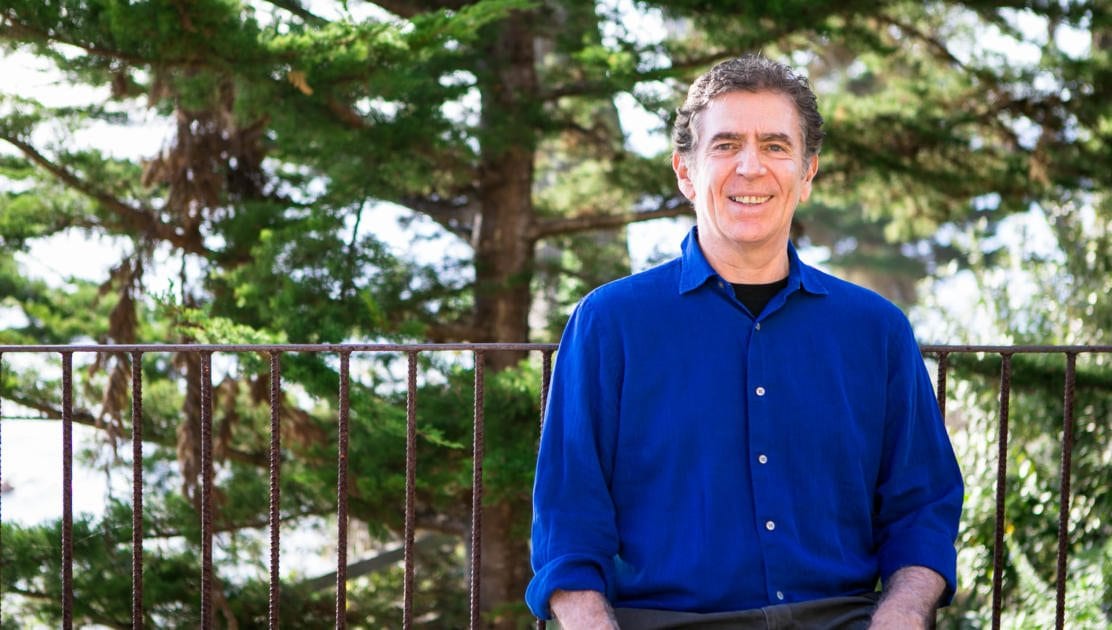What is Effortless Mindfulness?
By Loch Kelly“Effortless mindfulness is the letting go of attention, thought and present moments in order to open to an already awake awareness that is naturally focused, compassionate and non-conceptually intelligent in the Now.” -Loch Kelly
In his book Rainbow Painting, one of my teachers Tulku Urgyen Rinpoche says, “There are two types of mindfulness: deliberate and effortless.” Mindfulness in general could be described as the ability to become focused and connected. Deliberate mindfulness is often an introductory practice that calms and focuses our dualistic mind. Effortless mindfulness is an advanced, yet simple, form of mindfulness that shifts us into our awareness-based mind which is already calm and focused.
Many of us are familiar with deliberate mindfulness practices, such as one-pointed attention on the breath and observing our thoughts, feelings, and sensations, which can help to reduce stress. Effortless mindfulness reduces suffering at its root and awakens us to an inherent capacity for love and wisdom.
Effortless mindfulness doesn’t mean that we don’t have to make an initial effort. We aren’t being asked to “try to be effortless.” (Trying to be effortless can be quite an effort!) The adjective “effortless” refers to the discovery that there is a natural human capacity of an awareness-based mind which is already spontaneously aware without our help. Effortless mindfulness is both a description of a different way of knowing and a method to shift into that awareness-based knowing.
Deliberate mindfulness practices create feelings of lovingkindness whereas in effortless mindfulness we discover a naturally innate lovingkindness and compassion. By seeing we are not our thoughts or the thinker, deliberate mindfulness gives us insight into who we are not. By introducing us to our awareness-based mind, effortless mindfulness introduces us to the essence of who we are.
Deliberate mindfulness is often done in a quiet, secluded place, with your eyes closed. Rather than being a practice confined to monastic or retreat environments, effortless mindfulness, as it was first introduced historically, was intended to help ordinary people awaken in the midst of daily life. Effortless mindfulness is done with eyes open throughout your day using small, direct shifts of awareness. Like riding a bicycle on a gradual, downward-sloping road, we effortlessly glide without deliberately pedaling, while mindfully balancing.
Here is a definition of deliberate mindfulness by mindfulness meditation teacher Jon Kabat-Zinn: “Mindfulness means paying attention in a particular way: on purpose, in the present moment and non-judgmentally.”
Here is my working definition of effortless mindfulness:
“Effortless mindfulness is the letting go of attention, thought and present moments in order to open to an already awake awareness that is naturally focused, compassionate and non-conceptually intelligent in the Now.”
Having taught both types of mindfulness, I’ve found that effortless mindfulness takes the same amount of time to learn. When you start with effortless mindfulness, you still get all the benefits of deliberate mindfulness, and more.
In this weekend retreat, we will first learn different doorways of shifting into awareness-based mind. From here, we can welcome and liberate our inner shadow parts from effortless heart mindfulness. Effortless mindfulness helps us shift from a self-centered identity to an empty, yet open-hearted, way of seeing and being. By practicing effortless mindfulness, you discover a deep sense of well-being, creativity, and unconditional love.
Lock Kelly will be a the Garrison Institute, April 27-29th, teaching Effortless Mindfulness: Level 2 Retreat.
